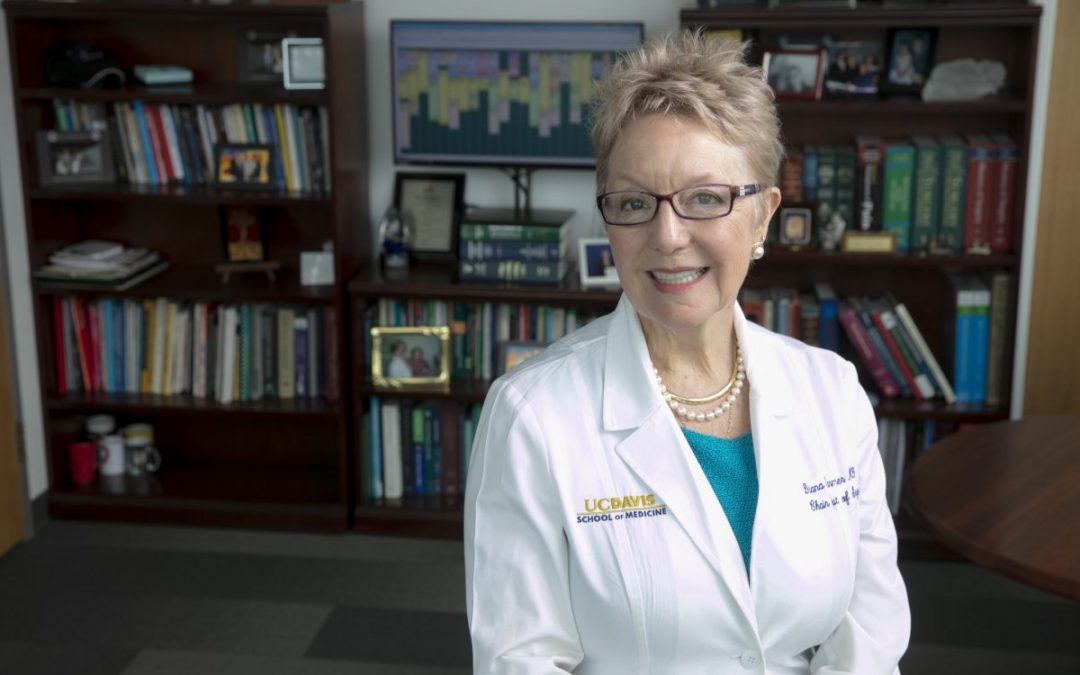Spina bifida, which literally means “cleft or split spine,” is the most common permanently disabling birth defect in the United States. According to the Centers for Disease Control and Prevention, about 1,645 babies are born in the U.S. with spina bifida each year.
Typically occurring within the first 28 days of pregnancy, spina bifida is characterized by the incomplete development of the baby’s spinal cord. It is a common cause for permanent lower limb paralysis. Children with this condition experience a range of lifelong cognitive, urological, musculoskeletal and motor disabilities.
Prenatal surgery revolutionized spina bifida treatment. It was found to reduce neurological defects and improve brain development in children with spina bifida. Yet, prenatal surgery alone didn’t substantially benefit the motor function. When augmented with stem cells, fetal surgery could be a cure. Watch video.
“We’ve done a number of studies over the last decade, and we found that placenta-derived mesenchymal stem cells secrete extra growth factors and proteins,” said Dr. Diana Farmer, (pictured) UC Davis Health fetal surgeon at UC Davis Fetal Care and Treatment Center. “These secreted factors may help decrease inflammation and protect the spinal cord. So far, we have successfully tested placental mesenchymal stem cells in animal models.”
In 2018, the California Institute for Regenerative Medicine (CIRM) awarded a $5.66 million grant to Dr. Farmer to continue her research for a cure to the paralysis associated with spina bifida. This CLIN1 award provides funding to enable the UC Davis team to do the final testing and preparations needed to apply to the FDA for an Investigational New Drug Application for the new treatment. This treatment includes the application of placental mesenchymal stromal cells at the time of prenatal surgical repair of spinal bifida.
Farmer and Aijun Wang, co-director of the UC Davis Health Surgical Bioengineering Laboratory and chief collaborator on this grant, showed that prenatal surgery combined with human placenta-derived mesenchymal stromal cells (PMSCs) improved hind limb control in lab animals and dogs with spina bifida. The CIRM grant is to translate this to humans.
The grant funding officially started in January 2019.
The UC Davis team is currently working with the Institute for Regenerative Cures (IRC) to manufacture clinical grade stem cells at the UC Davis Good Manufacturing Practice (GMP) Laboratory for safe use in humans. The first stage of manufacturing included the establishment of a multiple cell banks from donated placenta.
With the critical step of building the stem cell banks completed in June 2019, laboratory testing on these cells banks started in July.
“Now we have seven different placental cell banks. We will test the different cell banks that came from these placentas and pick the best one for human use,” said Farmer.
To pick the best cell bank, researchers will perform multiple laboratory tests and use the placental stem cells in a sheep model in the fall of 2019.
By the end of 2020, the researchers will file a Food and Drug Administration (FDA) Investigational New Drug (IND) application, with the hope to start human clinical trials in 2021.
—
Learn more about better outcomes for Spina Bifida
VIDEO: Fetal Surgery to Treat Paralysis Associated with Spina Bifida
My Son’s First Surgery for Spina Bifida
Everett’s Update: Flourishing After Fetoscopic Surgery


